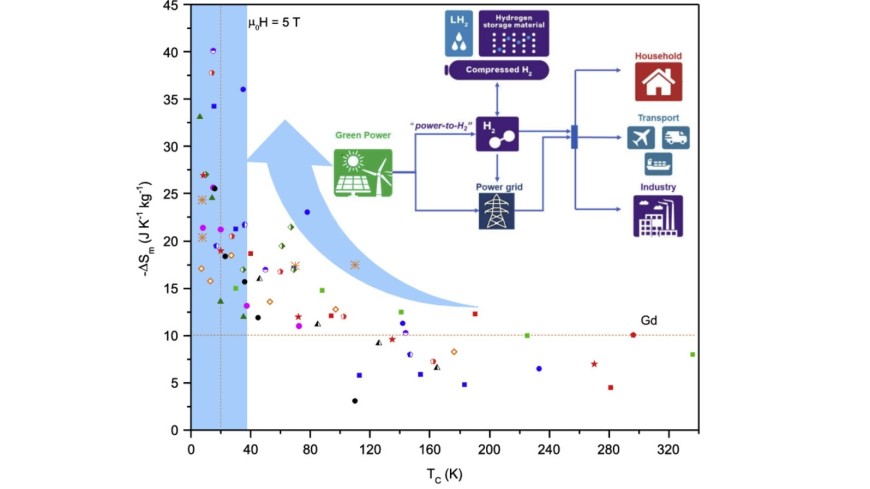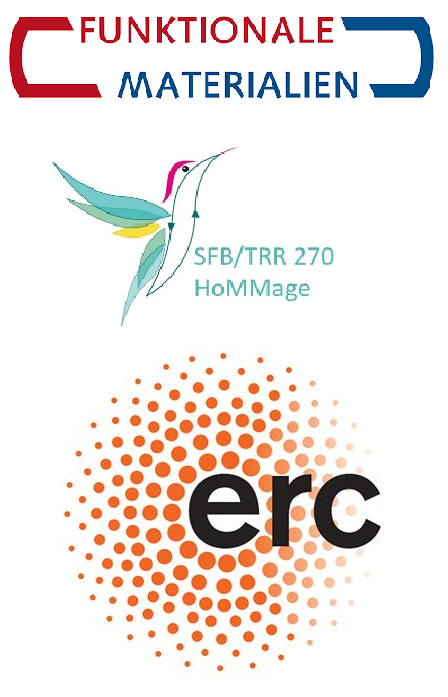Cool to be cooler: “giant” magnetocaloric effect for second-order phase transition near the condensation point of hydrogen
New publication
2022/09/12

A study on rare-earth Laves phases for magnetocaloric liquefaction of hydrogen
W. Liu, E. Bykov, S. Taskaev, M. Bogush, V. Khovaylo, N. Fortunato, A. Aubert, H. Zhang, T. Gottschall, J. Wosnitza, F. Scheibel, K. Skokov, O. Gutfleisch
Applied Materials Today, 29, 101624 (2022).
Why can a 2nd order magnetocaloric material have “giant” magnetocaloric effect near the condensation point of hydrogen? Why does a 2nd order magnetocaloric material behave more and more like a 1st order magnetocaloric material? Does temperature have an act on magnetocaloric effect? Is the maximum magnetocaloric effect correlated with Curie temperature?
These questions are important for magnetocaloric hydrogen liquefaction, an emerging technology that is potentially more efficient than the conventional Thomas-Joule-effect-based ones. In search for answers, we comparatively studied the rare-earth based Laves Phases RAl2 and RNi2 (R = Gd, Tb, Dy, Ho, Er). We found out that 2nd order magnetocaloric materials such as HoNi2, ErAl2 can have “giant” magnetocaloric effects which are comparatively to the 1st order magnetocaloric materials such as ErCo2. With a comprehensive literature review, we summarized two trends for the rare-earth-based magnetocaloric materials: maximum magnetic entropy and adiabatic temperature changes increase with decreasing Curie temperature in cryogenic temperature range. To explain these two trends, we developed a mean-field approach, which successfully rationalizes the two increasing trends with decreasing Curie temperature and the phenomenon that 2nd order magnetocaloric materials can have “giant” effect near the condensation point of hydrogen.
The dependence of the maximum magnetocaloric effect on Curie temperature revealed in this work helps researchers quickly anticipate the magnetocaloric performance of rare-earth-based compounds, guiding material design and accelerating the discoveries of magnetocaloric materials for hydrogen liquefaction.



